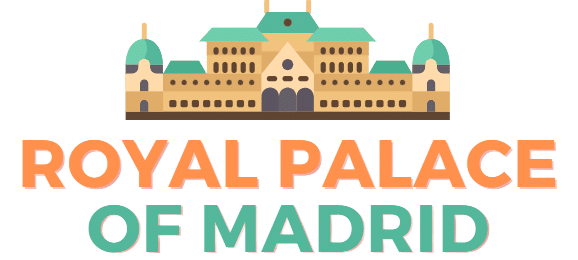Royal Palace of Madrid’s Architecture
Royal Palace of Madrid Architectural Highlights
The Royal Palace of Madrid is one of Europe's largest palaces, sprawling over an impressive 135,000 square meters. Its expansive layout and strategic positioning in the heart of Madrid underscore its significance as a central landmark in the Spanish capital. The palace's symmetrical design, meticulously planned, ensures a harmonious integration with its surroundings, emphasizing its grandeur and historical importance.
Also Read: Royal Palace of Madrid Throne Room
Renowned for its architectural splendor, the palace showcases a captivating blend of French Baroque and neoclassical elements. The exterior facade, crafted from a combination of white limestone and granite, exudes an air of elegance and regality. Intricate sculptures and carvings adorn the palace, enhancing its visual appeal and reinforcing its status as a symbol of Spanish monarchy and cultural heritage.
The Royal Palace of Madrid captivates visitors with its visual allure and meticulous artistic detail. The facade's harmonious blend of materials and textures creates a striking visual impact, while the palace's symmetrical layout enhances its aesthetic appeal. Delicate sculptures and ornate carvings further enrich the architectural ensemble, highlighting the palace's role not only as a residence but also as a testament to the artistic prowess and craftsmanship of its builders.
Must Read: Main Staircase in Royal Palace of Madrid
Architects Involved in Construction
FAQs
What style is the Royal Palace of Madrid?
The Royal Palace of Madrid is a blend of Baroque, Rococo, and Neoclassical styles.
Who designed the Royal Palace of Madrid?
The palace was initially designed by Italian architect Filippo Juvarra, but after his death, Spanish architect Juan Bautista Sachetti took over the project and oversaw its construction.
When was the Royal Palace of Madrid built?
The palace was built in the 18th century during the reign of King Philip V, and was completed in 1764 under the reign of King Charles III.
What are the main sections of the Royal Palace of Madrid?
The palace is divided into three main sections: the State Rooms, the Private Apartments, and the Museum Rooms.
What is the most impressive room in the Royal Palace of Madrid?
The Throne Room is one of the most impressive rooms in the palace, featuring a gilded ceiling, marble columns, and a red velvet throne.
Is the Royal Palace of Madrid open to the public?
Yes, the palace is open to the public and serves as a museum and a popular tourist attraction.
What other buildings are located on the grounds of the Royal Palace of Madrid?
Other notable buildings on the palace grounds include the Royal Chapel and the Royal Armory, both of which feature impressive architecture and decoration.
What is the significance of the Plaza de la Armería?
The Plaza de la Armería is a courtyard located in front of the palace that is decorated with statues and fountains. It is often used for state ceremonies and events.

